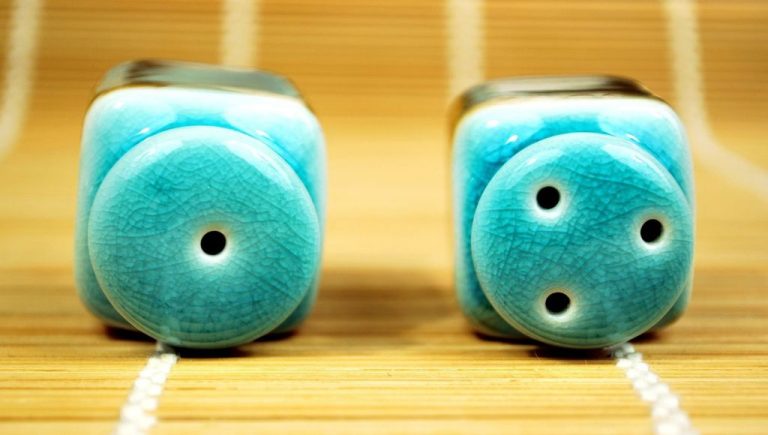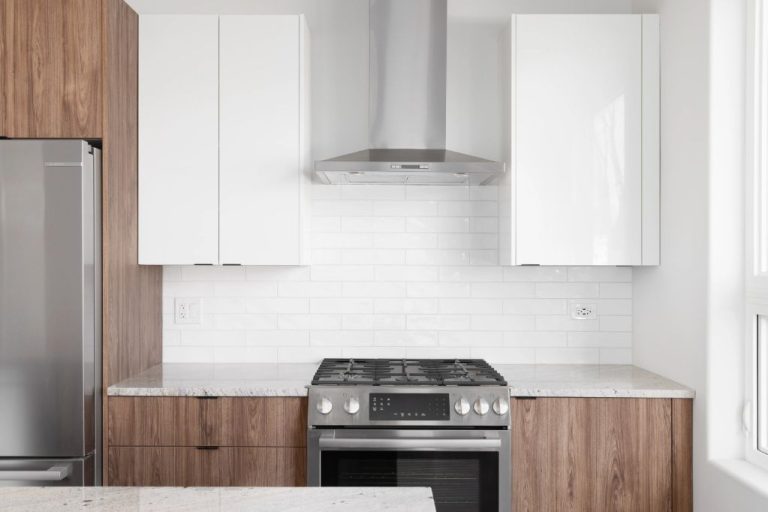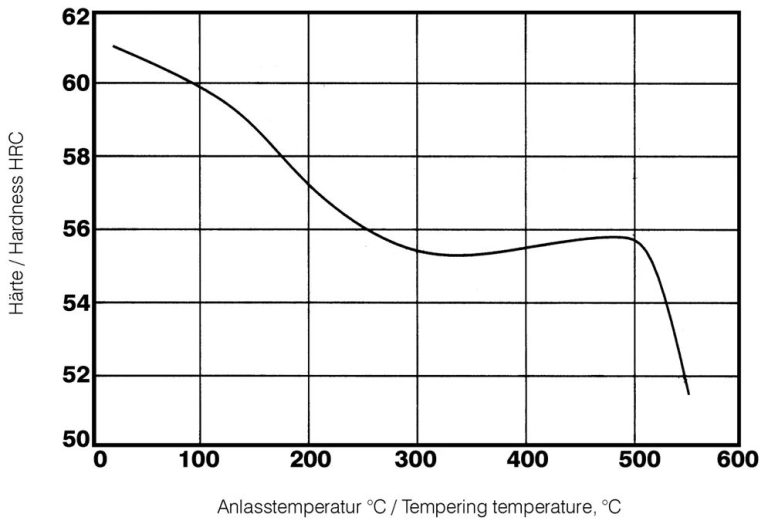Can You Make Clay Soil Better?
What is Clay Soil?
Clay soil is a type of soil that contains a high percentage of clay particles. Clay refers to a group of hydrous aluminum phyllosilicate minerals that make up more than 50% of the composition. This gives clay soil some unique properties compared to other soil types.
Clay particles are very small, less than 0.002 mm in diameter. Having such small particles gives clay soil a dense, heavy texture. The small size also means clay particles have a large surface area relative to their volume, allowing them to hold onto water molecules more tightly. This can make clay soil prone to waterlogging and poor drainage.
Due to the strong negative charge of clay particles, they tend to bind tightly together when wet, forming a stiff, heavy, and slow-draining soil structure. When dry, the particles shrink and crack, creating a hard crust at the surface. These expanding and contracting forces make it challenging for plant roots to grow in clay soil.
Clay soils are found extensively in areas with sub-tropical or Mediterranean climates. They also occur in low-lying and poorly drained areas where clay minerals have accumulated over time. Improving drainage is usually the first step to start making clay soils more amenable to gardening and agriculture.
Challenges of Clay Soil
Clay soils pose some unique challenges for gardeners and homeowners. Here are some of the main issues caused by heavy clay soils:
Difficult to Work With
The dense, compact nature of clay makes it very hard to dig and cultivate. When clay soils dry out, they become rock-hard and can compact into a concrete-like consistency. This makes it challenging to dig or till the soil for planting. Clay also sticks together easily, so it’s difficult to break up and loosen for gardening.
Poor Drainage
Clay particles are very small, which means when compacted together they leave little space for air pockets and water drainage. As a result, clay soils tend to get waterlogged after rain or irrigation. Standing water can lead to root rot and make it hard for plant roots to access oxygen.
Nutrient Deficiencies
The tight spaces between clay particles make it difficult for plant roots to spread and access nutrients. Clay soils also tend to bind up mineral nutrients like nitrogen, phosphorus, and potassium so they are unavailable to plant roots. This can lead to nutrient deficiencies in plants unless extra fertilizer is added.
Test Your Soil
Testing your soil composition and pH level is important for understanding what amendments might help improve your clay soil. There are a couple options for testing your soil:
Use a Soil Test Kit
A soil test kit is an affordable option you can use at home. These kits come with test strips or solutions to mix with soil samples that indicate the soil pH and levels of certain nutrients. Follow the instructions to get readings of your soil composition. Home test kits provide general guidance on soil amendments, but are less accurate than professional lab tests.
Send a Sample to a Lab for Analysis
For the most accurate understanding of your soil, you can send a sample to a lab for professional testing. This tests for the exact levels of clay as well as other nutrients in your soil. Most agricultural extension offices provide this service for a small fee. The lab results will include specific recommendations for amending your soil to reach optimal levels for growing plants.
Add Organic Matter
Adding organic matter is one of the most effective ways to improve clay soil. Organic materials like compost, manure, grass clippings, leaves, hay and straw increase drainage and aeration. As they decompose, organic materials provide food for beneficial microorganisms that create humus, a rich natural component of soil. Humus improves soil structure, binding tiny clay particles into larger clumps that leave space for air and water movement.
Organic matter also adds key nutrients like nitrogen, phosphorus and potassium that plants need. Materials like composted manure and plant-based compost are excellent choices. Spread 1-3 inches over the soil surface and mix thoroughly into the top 6 inches of soil. Replenish annually by top-dressing beds with 1-2 inches of organic matter. Over time, this will create rich, loamy soil teeming with microbial life.
Add Sand or Perlite
Adding sand or perlite to clay soil can help improve drainage and aeration. These inorganic materials create spaces in the dense clay soil structure, allowing water to flow through more freely. Perlite is a lightweight volcanic glass that when mixed into clay soil increases pore space. Sand particles are larger than clay so mixing them in separates and loosens up the clay. Aim for approximately 20-30% sand or perlite mixed into the top 6-8 inches of soil. Make sure any sand or perlite used is sterile with no organic material. The goal is to open up the soil, not add nutrients.
In addition to better drainage, the added space in the soil improves soil aeration. Densely packed clay inhibits air circulation. The pockets and channels created by adding sand or perlite allow air to permeate the soil profile. Better aeration enables roots to spread and breathe.
It takes time for the benefits to develop as the additives mix into the native soil. But gradually the sandy loam created will improve drainage and aeration leading to healthier plants.
Mulch Beds
Mulching your garden beds is an excellent way to improve clay soil over time. Organic mulches like wood chips, leaves, straw, and grass clippings act as a buffer between the soil and the elements. This provides a variety of benefits:
Mulch helps reduce compaction and improve aeration as it breaks down. Earthworms and other organisms will work to break up clay particles as they consume the organic matter. The mulch also prevents rain from compacting the surface of the soil.
A thick layer of mulch will help retain moisture in the soil so you don’t have to water as frequently. The organic mulch acts as a sponge, holding water that can slowly percolate down into the root zone.
Mulch also insulates the soil from extreme temperature changes. This protects plant roots and soil life from being damaged. An insulating mulch layer moderates soil temperature so it doesn’t get too hot or too cold.
By mulching your clay soil beds each season, you’ll steadily improve texture and drainage over time. The decomposition of organic matter is one of the most powerful ways to transform heavy clay into rich, loamy soil.
Grow Clay-tolerant Plants
Certain plants are naturally adapted to thrive in heavy, dense clay soil. Focus on choosing these clay-tolerant options:
- Ornamental grasses like maiden grass, fountain grass, and pampas grass
- Trees like bald cypress, willow, and red maple
- Shrubs like rose of Sharon, butterfly bush, and hydrangea
- Perennials like bee balm, black-eyed Susan, and lavender
- Annuals like zinnias, marigolds, and cosmos
Avoid planting species that require fast drainage and loose soil, as they will likely struggle in heavy clay. Stick to these clay-loving plants for best results.
Improve Drainage
Proper drainage is crucial for plants growing in heavy clay soil. Excess water can lead to root rot and other problems. Here are some tips for improving drainage:
Create raised beds. Building up your garden beds allows excess water to drain away from plant roots. Add a layer of coarse sand or gravel at the bottom of the raised bed for even better drainage.
Use French drains. Installing French drains, which are trenches filled with gravel, around your yard or garden beds gives water a place to drain away. The gravel helps disperse the water so it doesn’t pool.
Slope beds away from foundations. Make sure your garden beds are slightly sloped so water doesn’t pool around the foundation of your house. Use a level to check and adjust the slope as needed.
Aerate Compacted Areas
One way to improve the structure of clay soil is to aerate areas that have become compacted. This helps loosen the soil and improve drainage and oxygen flow.
An aerator tool, which can be rented or purchased, is used to pull plugs of soil out of the ground. This leaves holes behind that allow air, water and nutrients to better penetrate the soil. Aerating in spring and fall is recommended.
Double digging beds can also help aerate compacted soil. This involves digging a trench across a bed, setting the soil aside. Then loosen the soil in the bottom of the trench with a fork before refilling the trench with the set-aside soil. Mix in organic matter as you refill.
Both aerating and double digging help loosen compacted clay soil structure over time. Be patient and keep working to improve aeration for better planted beds.
Be Patient
Improving clay soil takes time and effort. Don’t get discouraged if you don’t see immediate results. Focus on making small, incremental improvements over time rather than trying to fix everything at once.
Pick one area or technique to focus on first, like adding organic matter or creating raised garden beds. Make that your primary goal and don’t worry about the rest of the yard right away. Over several seasons of amending soil and mulching, you will start to see tangible improvements.
It may take years to significantly modify heavy clay into loamy, fertile soil. But don’t give up! With continued TLC and patience, even the most stubborn clay can be transformed into a welcoming environment for plants. The effort is well worth it to be able to grow beautiful gardens and bountiful crops.
Rome wasn’t built in a day, and neither are productive garden beds in clay soil. But with time and perseverance, you can improve the soil structure and fertility. Don’t get overwhelmed. Just focus on small, consistent steps, and before you know it, you’ll have rich, loamy soil to dig in.





